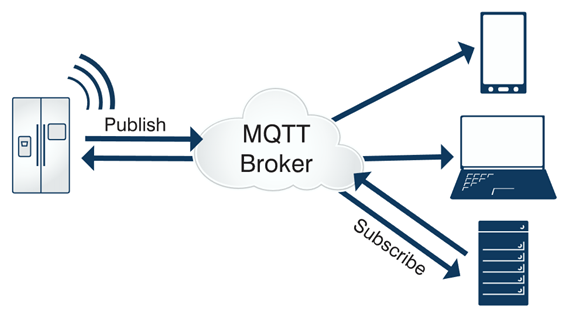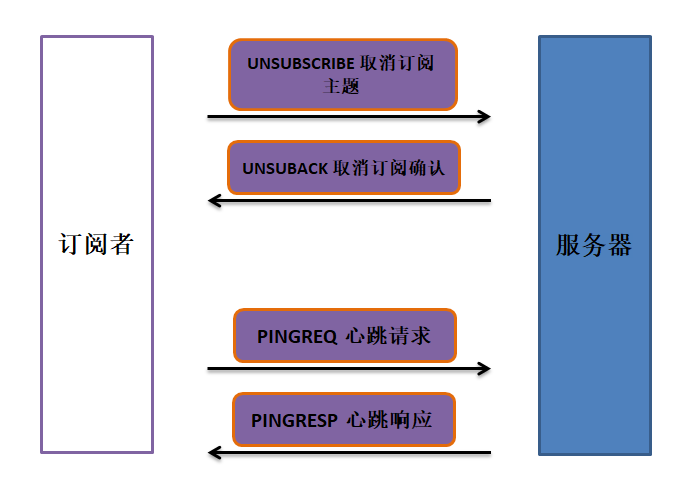The Era of IoT is Here, Connectivity is Everywhere!

Have you ever thought that on this seemingly ordinary day, the Internet of Things (IoT) has quietly integrated into every aspect of life? In the morning, a smart wristband gently vibrates, waking you softly while it syncs last night’s sleep data to your mobile app, providing a reference for your healthy lifestyle for the new day; entering the kitchen, the smart coffee machine has automatically brewed rich coffee at the preset time, and the toaster pops out golden, crispy bread, all connected to your phone via built-in sensors, waiting for your commands; as you leave for work, the smart cameras, door/window sensors, and smart locks at home quietly guard your safety, immediately sending alerts to your phone in case of any abnormalities. On the road, the smart bus system schedules buses in real-time, using data interaction between onboard sensors and roadside monitoring devices, allowing you to accurately grasp the bus arrival time, saying goodbye to anxious waits; arriving at the office, the smart lighting system automatically adjusts brightness based on indoor light intensity, while the air conditioning maintains a comfortable temperature, and office devices communicate with each other via the IoT for efficient collaboration.
Behind these scenes is the rapid development of IoT technology. According to authoritative data, by the end of 2022, the number of mobile IoT connections in China reached 1.845 billion, an increase of 447 million from the end of 2021, accounting for 70% of the global total, and this number continues to grow at an astonishing rate. The IoT is changing our lives, work, and society at an unprecedented speed, turning the dream of connectivity into reality. In this grand IoT blueprint, the combination of the Python programming language and the MQTT protocol plays an indispensable role, injecting continuous power into innovative applications of IoT, opening up infinite possibilities for intelligence. Next, let us delve into their charm together.
1. Python — The Universal Key to IoT

In the vast world of IoT, Python is like a universal key, opening doors to innovative applications for developers. Its concise and elegant syntax is like a refreshing spring breeze, allowing both newcomers and experienced developers to quickly get started and easily master it. The rich libraries and frameworks are treasure troves, covering various fields from data collection, device communication to data analysis and machine learning, greatly accelerating the development process and enabling ideas to be realized swiftly.
Imagine in a smart agriculture project, where real-time data on temperature, humidity, and light in a greenhouse needs to be collected, Python can showcase its capabilities. With the Adafruit_DHT library, just a few lines of code can easily read data from the temperature and humidity sensor:
import Adafruit_DHT
sensor = Adafruit_DHT.DHT11
pin = 4
humidity, temperature = Adafruit_DHT.read_retry(sensor, pin)
print(f"Temperature: {temperature:.1f}°C Humidity: {humidity:.1f}%")With this code, the sensor data can be accurately obtained, providing critical references for subsequent control. If you want to control the electromagnetic valve of a smart irrigation system, Python’s RPi.GPIO library can also do it easily, like this:
import RPi.GPIO as GPIO
import time
GPIO.setmode(GPIO.BCM)
GPIO.setup(17, GPIO.OUT)
GPIO.output(17, GPIO.HIGH) # Open the electromagnetic valve
time.sleep(10) # Irrigate for 10 seconds
GPIO.output(17, GPIO.LOW) # Close the electromagnetic valve
GPIO.cleanup()This can automatically open or close irrigation based on soil moisture data, achieving precise water-saving irrigation.
In data processing and analysis, Python is even more prominent. The powerful Pandas library acts like an efficient data steward, cleaning and organizing massive IoT data; Matplotlib and Seaborn libraries are like magical artists, presenting data in intuitive and stunning charts, making the hidden patterns in the data clear at a glance.
Python’s cross-platform characteristics also bring great convenience to IoT development. Whether on Windows, Linux, or macOS systems, the code can run seamlessly. This means developers can freely choose their preferred development environment without being restricted by the system, focusing on innovation. Moreover, Python supports various hardware platforms, from small development boards like Raspberry Pi and Arduino to large servers, achieving comprehensive coverage from micro-devices to the cloud, extending the reach of IoT to every corner.
2. MQTT Protocol — The Lightweight Cavalry of IoT Communication

(1) Unveiling Protocol Features
MQTT, short for Message Queuing Telemetry Transport, is like a lightweight cavalry, galloping across the battlefield of IoT communication. It is based on a publish/subscribe model, completely breaking the constraints of traditional point-to-point communication, allowing publishers and subscribers to communicate without establishing a direct connection, as if an invisible bridge has been built in the cloud, achieving efficient information transmission. This model is like a bustling market, where publishers are like stall owners, displaying various “goods” (messages) at different “stalls” (topics), and subscribers are like customers at the market, easily obtaining the information they need by focusing on the stalls they are interested in, achieving flexible one-to-many communication and greatly improving the efficiency of information distribution.
The lightweight nature of MQTT is also remarkable, with its protocol header reduced to just 2 bytes, making it as light as a swallow, freely soaring in the sky of the network, effectively reducing the burden of data transmission, especially suitable for resource-constrained devices with scarce bandwidth in IoT. Imagine a small weather monitoring station in a remote mountainous area collecting temperature, humidity, and pressure data through low-power sensors; if traditional protocols were used, the considerable protocol overhead might overwhelm the limited power and bandwidth, whereas the MQTT protocol can easily handle it, delivering data securely at a minimal cost.
In a complex and ever-changing network environment, like a turbulent sea, MQTT’s QoS (Quality of Service) mechanism acts as a sturdy lifeboat, ensuring the reliable transmission of messages. It has carefully designed three QoS levels: QoS 0 is like a “fire-and-forget” message, sent at most once without guaranteeing delivery, suitable for scenarios where high real-time requirements exist, and occasional message loss is acceptable, such as the transmission of ordinary sensor data in environmental monitoring; QoS 1 is like a persistent messenger, ensuring that messages are delivered at least once, even if encountering storms, it will return to ensure successful delivery, which may lead to occasional duplicate messages, suitable for scenarios where data integrity is somewhat required, like the transmission of control commands for smart home devices, ensuring no commands are lost; QoS 2 is like precise express delivery, strictly ensuring that each message is received only once by the recipient, using a complex and rigorous handshake process to ensure messages are neither lost in the storm nor duplicated, commonly used in scenarios where data cannot be lost, such as financial transaction data and critical medical data.
Compared to common communication protocols, the advantages of MQTT are clear. The HTTP protocol is like a methodical civil servant, based on a request/response model, requiring the client to actively initiate requests for every communication, making it difficult to achieve real-time push, and its lengthy header information appears cumbersome in the low-bandwidth environment of IoT; WebSocket, while supporting full-duplex communication for real-time bidirectional exchange, is like a luxury cruise ship, with a larger data transmission volume and higher energy consumption, which is somewhat extravagant for resource-limited IoT devices. MQTT, with its simple and efficient design, low bandwidth usage, and reliable transmission, accurately targets IoT, making it an undisputed communication tool.